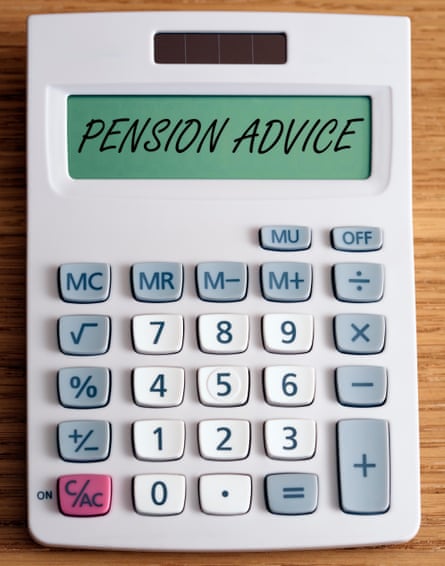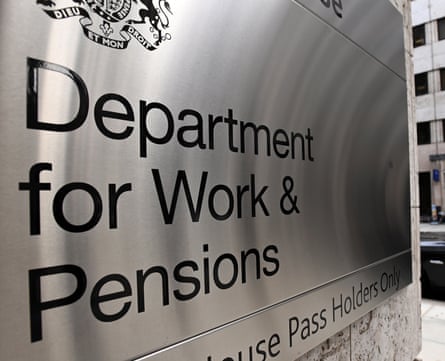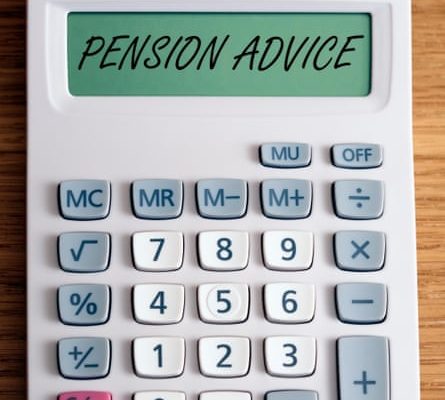The cost of living crisis is turning into a cost of retirement crisis as rising food and energy prices mean the amount of money you need to retire at a minimum living standard has increased by almost £2,000 in the last year.
In 2022 the minimum required to survive as a single pensioner jumped by 18% to £12,800 a year. Meanwhile, a retired couple now need a minimum of £19,900 a year – up £3,200, an even bigger rise of 19%, according to a study funded by the Pensions and Lifetime Savings Association (PLSA) at Loughborough University.
While this month the full new state pension rose from £9,627 a year to £10,600, the figures from the research suggest that millions of people will not have enough money to cover their day-to-day living costs.
UK pensions: how to make sure you get the best income in retirementRead more
Don’t despair (well, not completely), however. There are a number of steps you can take now, even if you are in your 50s, to avoid poverty in retirement.
First, let’s establish how much money you will need in your retirement, then work out how to get there (and the extra you will need if you want to retire early).
Researchers say the minimum standard of income you currently need as a single person is £12,800, or £19,900 for a couple
Researchers at Loughborough’s Centre for Research in Social Policy have created a set of “retirement living standards” that have swiftly become the industry benchmark for what pensioners really need in retirement.
Its researchers say that the minimum standard of income you currently need as a single person is £12,800, or £19,900 for a couple, according to the 2022 figures published at the start of this year.
This figure is the same as the Joseph Rowntree Foundation’s minimum income standard and reflects what the public thinks is required to cover a retiree’s needs, not only to survive but to live with dignity, including social and cultural participation.
However, this is a minimum, and it is far from generous. It leaves a pensioner only £54 a week for food, no car, enough money for a short break in the UK every year and £580 a year for clothing and footwear. This assumes the person works until 67 and has a full national insurance record. Crucially, these figures assume you have paid off your mortgage. If not, your costs in retirement could be substantially higher.
Next up is a moderate lifestyle in retirement: this means £74 a week on food, a secondhand car that can be replaced every 10 years, a two-week holiday in Europe every year and £791 for clothing and footwear. For a single pensioner that will mean he or she needs £23,300 a year, and for a couple it is £34,000 a year (or £41,400 if you are in London).
Maybe you aspire to something more luxurious. Loughborough and the PLSA reckon that someone wanting a “comfortable” lifestyle in retirement will need to find £37,300 a year as a single person, or £54,500 a year as a couple. Live in London and the relative cost goes up to £40,900 and £56,500 respectively. But this is the cruise ship end of the retirement market – the figures assume our lucky pensioner holidays in Europe three weeks a year, spends £1,500 on clothing a year and £144 a week on food. And drives a fairly nice motor.
 View image in fullscreenWork out the minimum you would need to live on in retirement. Photograph: Acorn 1/Alamy
View image in fullscreenWork out the minimum you would need to live on in retirement. Photograph: Acorn 1/Alamy
How many Britons are matching up to these standards already?
Perhaps not surprisingly, relatively few pensioners are in the £50,000-a-year bracket. The bad news is that the researchers at Loughborough estimate that only 72% of the total population are on track to reach at least the minimum standard of living in retirement. About a fifth of the population are on track to hit the moderate income level in retirement, while 8% will be in the comfortable bracket. However, these figures predate last year’s big rise in inflation.
How much you need to save
If the thought of living on little more than £1,000 a month in retirement alarms you, then there’s only one thing you can do – save more now, before you stop working. But how much do you need to save?
We asked the Loughborough University and PLSA researchers how much extra an individual or couple would need to save to reach the respective minimum, moderate and comfortable brackets if they retire at age 67, even if they have the full new state pension. The sums ranged from zero to £530,000.
The good news in that little table is the £0 figure: if a couple both pick up the full £10,600 state pension, then that’s just over the £19,900 needed for a minimum income in retirement.
The bad news is that a single person seeking a comfortable retirement needs to save a cool £500,000 by the age of 67, while paying off the mortgage or rent and coping with the soaring cost of living.
The annual income you will need in retirement
Living standard Single Couple
Minimum £12,800 £19,900
Moderate £23,300 £34,000
Comfortable £37,300 £54,500
Source: Loughborough University and the Pensions and Lifetime Savings Association. London figures higher
 View image in fullscreenWill you have enough money to enjoy life in retirement? Photograph: Tom Merton/Getty Images
View image in fullscreenWill you have enough money to enjoy life in retirement? Photograph: Tom Merton/Getty Images
How much do you need to save?
Living standard Single Couple
Minimum £36,500 £0
Moderate £248,000 £121,000
Comfortable £530,000 £328,000
Source: Loughborough University and the PLSA
 View image in fullscreenAre you taking steps to ensure you have enough money in retirement? Photograph: Joe Giddens/PA
View image in fullscreenAre you taking steps to ensure you have enough money in retirement? Photograph: Joe Giddens/PA
Pensions in numbers
20 million
The number of eligible employees enrolled in a workplace pension scheme in Great Britain, according to Department for Work and Pensions (DWP) statistics (April 2021 figure).
£114,000
The amount a full-time male median wage employee who begins saving at 18 is expected to save into their workplace pension by the age of 68 under current automatic enrolment minimum contributions. It is £93,000 for the equivalent female worker because of lower female median earnings. (Source: DWP).
 View image in fullscreenThere are 20 million eligible employees enrolled in a workplace pension scheme in Great Britain, according to DWP statistics. Photograph: Andy Rain/EPA
View image in fullscreenThere are 20 million eligible employees enrolled in a workplace pension scheme in Great Britain, according to DWP statistics. Photograph: Andy Rain/EPA
£1,000 to £18,000
For individuals actively contributing to a workplace defined contribution pension scheme, their median pot size ranges between £1,000 for those aged 16-24 and £18,000 for those aged 65-plus. For all active occupational pension schemes including defined benefit ones, the range is between £2,200 for those aged 16-24 and £62,400 for those aged 55-64. (Source: Office for National Statistics).
£2,100
The amount the average private sector employee eligible for auto-enrolment and saving into a workplace scheme saved annually into their pension – up from £1,200 in April 2017. (April 2021 figure. Source: DWP).
£670 a week
The average income in 2021-22 for pensioner “units” (including single pensioners and pensioner couples) who recently reached state pension age. This can be broken down by benefit income, occupational pension income, personal pension income, investment income, earnings and other income. (Source: DWP).





